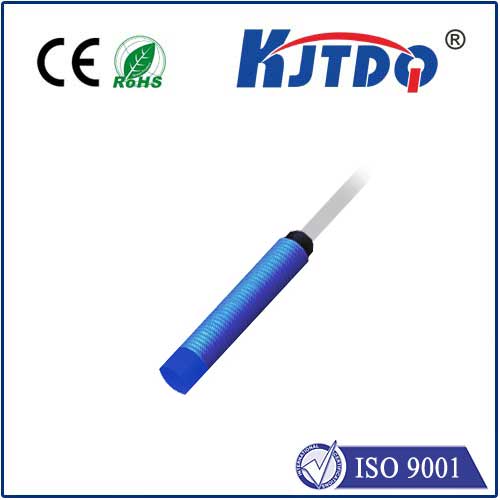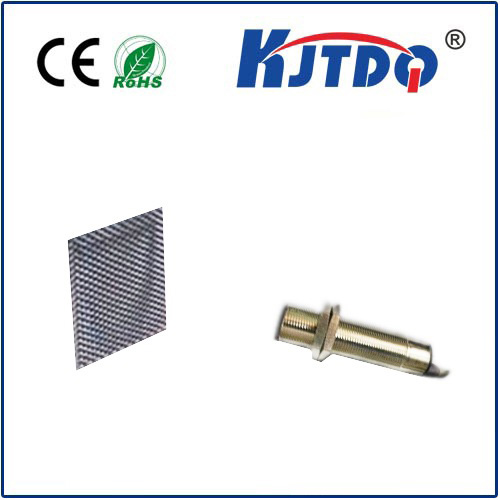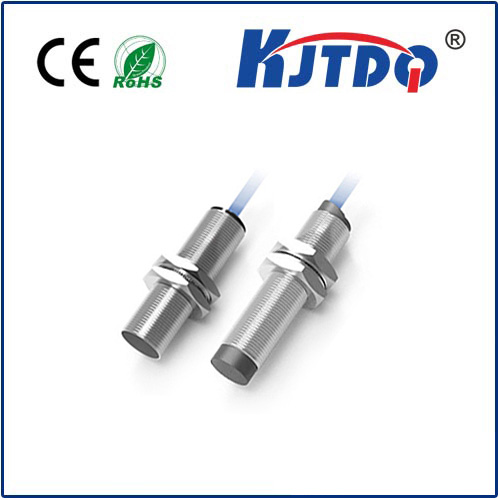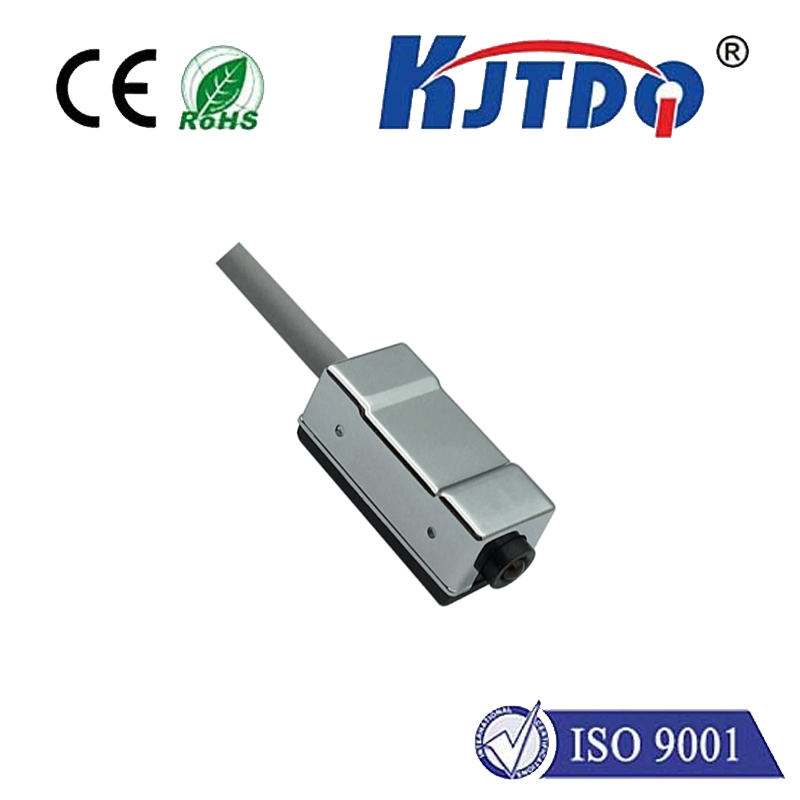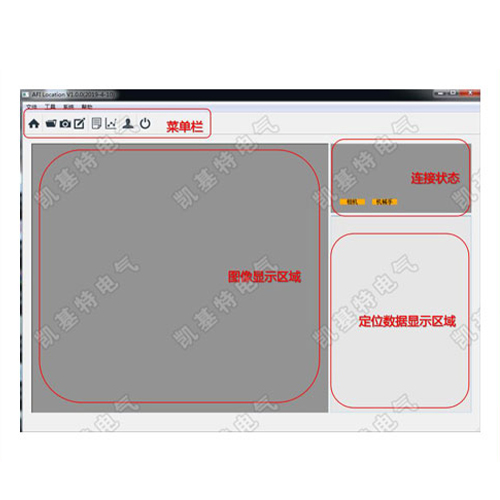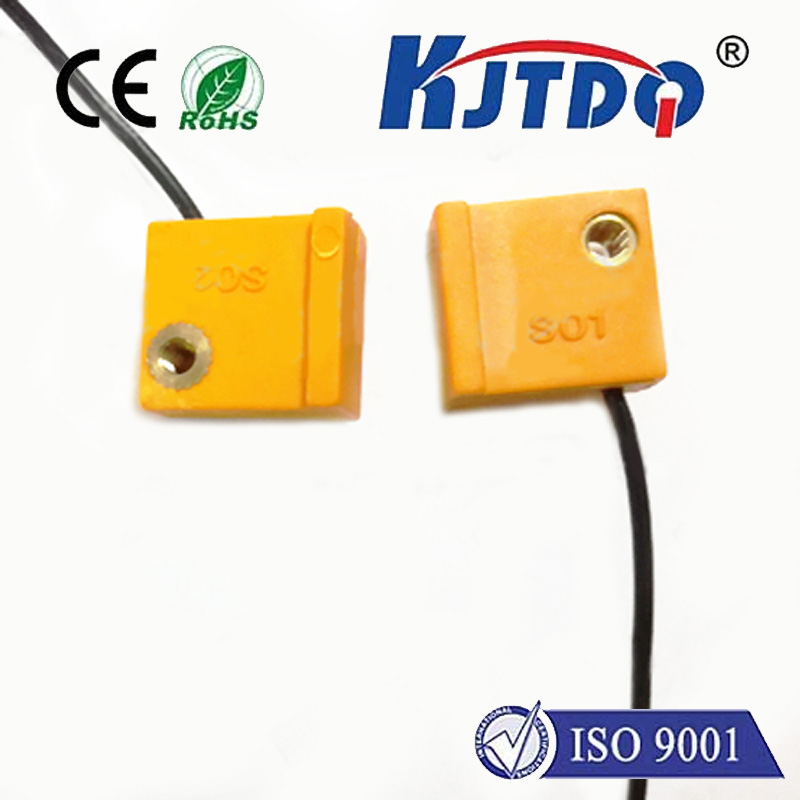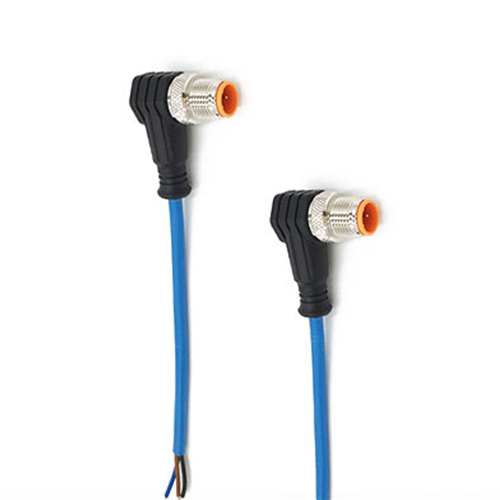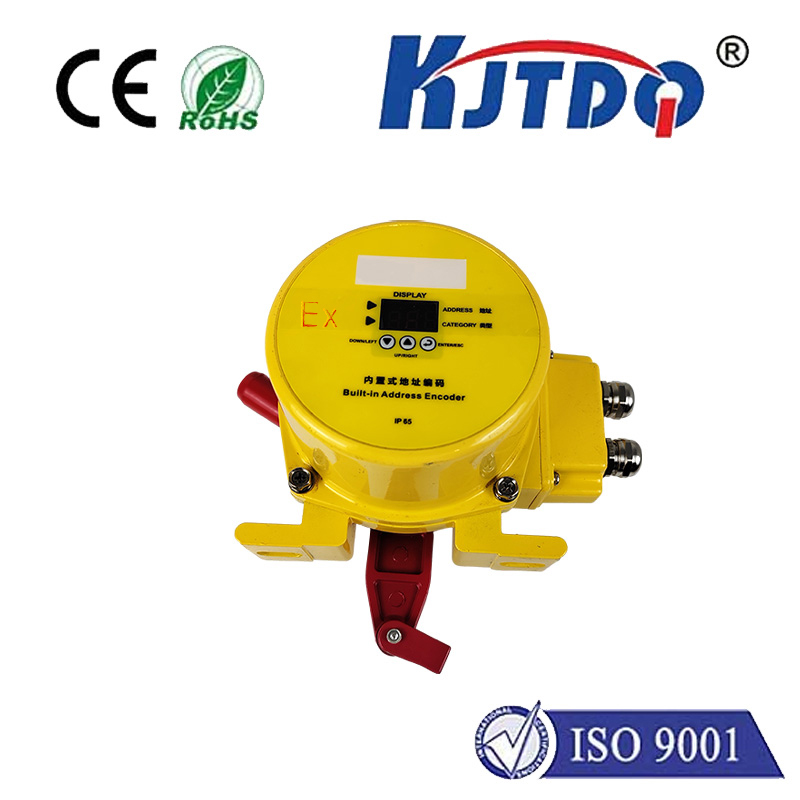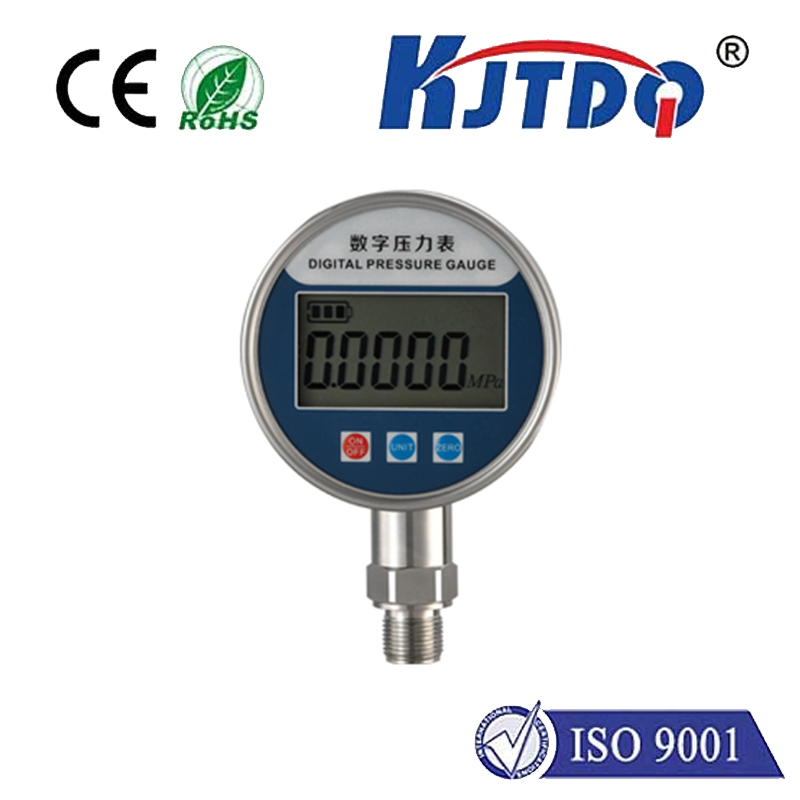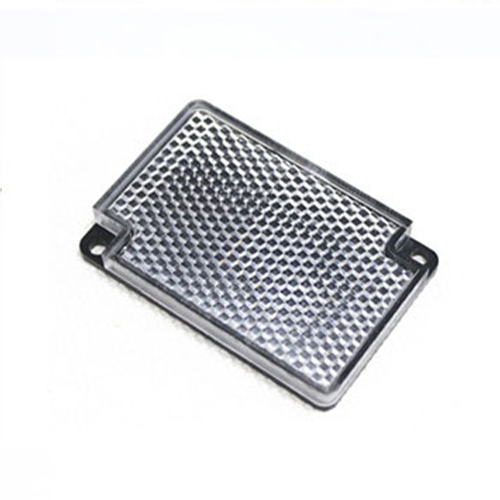лазерный триангуляционный датчик
- time:2025-08-27 14:46:56
- Нажмите:0
Laser Triangulation Sensors: Precision Measurement for Modern Industry
Imagine needing to measure the precise height of a component whizzing down a production line, inspect the microscopic surface texture of a smartphone screen, or ensure the exact positioning of a robotic arm—all without physically touching the object. How is such speed, accuracy, and non-invasive inspection achieved? Enter the лазерный триангуляционный датчик, a cornerstone technology enabling high-precision non-contact measurement across countless industrial and scientific fields.
At its core, laser triangulation is an elegantly simple geometric principle applied with sophisticated optics and electronics. A precisely focused laser beam, typically from a visible red laser diode or near-infrared source, is projected onto the target surface. The resulting diffuse reflection (the light spot) is then viewed at a known angle relative to the laser emitter by a high-resolution position-sensitive detector (PSD), typically a CMOS or CCD array, acting like a camera sensor.
Here’s where the “triangulation” magic happens:
- Laser Projection: The sensor emits a focused laser point onto the target.
- Light Reflection: Light scatters diffusely from the target surface.
- Light Detection: A lens within the sensor collects the reflected light and focuses it onto the PSD.
- Position Calculation: The exact position where the laser spot appears on the PSD shifts depending on the target’s distance from the sensor. This position shift is directly proportional to the change in distance.
- Distance Determination: Using the known baseline distance between the laser emitter and the detector lens, plus the viewing angle, the sensor’s internal processor applies trigonometric calculations (distance = baseline × tan(θ)) to accurately determine the target’s distance.
Why Choose Laser Triangulation?

The widespread adoption of these sensors stems from compelling advantages over traditional contact methods or other optical techniques:
- Non-Contact Measurement: Eliminates damage to delicate surfaces and avoids influencing the position or dynamics of lightweight or moving objects. This is crucial in industries like electronics, pharmaceuticals, and food processing.
- High Speed & Resolution: Capable of making thousands of measurements per second (kHz range) with micron or even sub-micron resolution, ideal for high-speed production lines and demanding quality control tasks.
- Многогранность: Measures a wide range of materials (including dark, shiny, or transparent surfaces with appropriate models or settings), shapes (points, edges, profiles), and surface characteristics.
- Robustness: Modern industrial-grade sensors are designed to withstand harsh factory environments, including vibration, ambient light interference (with filtering), and varying temperatures.
- Relative Simplicity: The principle is straightforward, leading to reliable and often compact sensor designs.
Key Applications Driving Industry
The unique capabilities of laser triangulation sensors make them indispensable in numerous sectors:
- Manufacturing & Quality Control (QC): Точность measurement of component dimensions (thickness, width, height), step heights, gap widths, warpage, coplanarity, and part presence/absence. Essential for automated inspection systems ensuring quality standards are met consistently.
- Robotics & Automation: Providing real-time position feedback for robotic guidance, object handling, and assembly verification. Enabling robots to “see” and interact accurately with their environment.
- Electronics & Semiconductor: Measuring solder paste volume, component lead coplanarity, wafer bow/thickness, and inspecting microstructures with extreme accuracy.
- Metrology & R&D: Used in coordinate measuring machines (CMMs), profile scanners, and laboratory setups for precise dimensional analysis and surface topography studies.
- Wood & Paper Industry: Gauging thickness, monitoring sheet flatness, and detecting surface defects like knots or scratches online.
- Tire & Rubber: Profiling tire treads, measuring rubber thickness, and inspecting sidewalls during production.
Selecting the Right Sensor: Key Considerations
Choosing the optimal laser triangulation sensor involves evaluating several factors to match the specific application needs:
- Measuring Range: The distance over which the sensor provides accurate measurements (e.g., 10mm, 50mm, 300mm).
- Resolution: The smallest detectable change in distance (e.g., 0.1µm, 1µm).
- Spot Size & Laser Wavelength: Affects precision and suitability for different materials (e.g., smaller spots for finer details, blue lasers often better for shiny metals than red).
- Standoff Distance: The working distance from the sensor face to the target within its measuring range.
- Sampling Rate (Frequency): How quickly the sensor can take measurements (Hz or kHz).
- Target Properties: Material, color, surface finish (shiny, matte, transparent) significantly impact performance; specialized sensors or settings are available for challenging surfaces.
- Output Type: Analog (e.g., 0-10V, 4-20mA), digital (RS232, RS485, USB), or industrial Ethernet (EtherCAT, PROFINET, Ethernet/IP) interfaces for integration with control systems.
- Environmental Conditions: Protection rating (IP67), operating temperature range, resistance to ambient light or vibration.
The Future is Precise and Non-Contact
Laser triangulation sensors have fundamentally transformed how industries measure and inspect. By harnessing the power of light and geometry, they deliver the speed, accuracy, and non-contact capabilities demanded by modern automated manufacturing, stringent quality control, and advanced research. As laser and detector technologies continue to advance, offering higher resolutions, faster speeds, and better performance on challenging materials, the reach and impact of these versatile sensors will only expand. Whether ensuring the flawless finish of a luxury car, the perfect pill dosage, or the microscopic circuitry inside your phone, Лазерная триангуляция silently and precisely underpins the quality and innovation we rely on daily.

